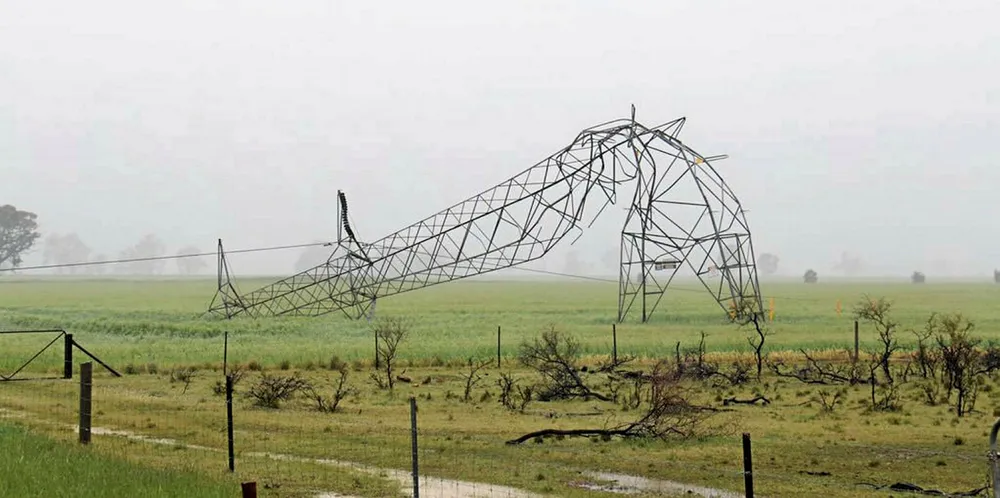Wind farm owners taken to court over 2016 Australia blackout
Four operators have been accused of failing to meet performance requirements during a major storm in South Australia

Four operators have been accused of failing to meet performance requirements during a major storm in South Australia
